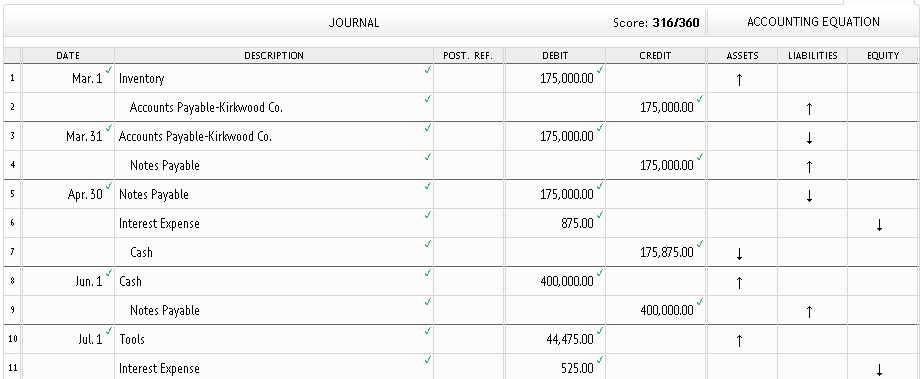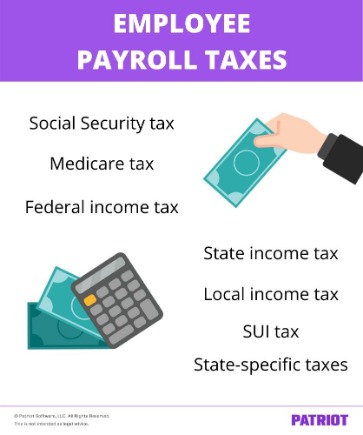Content

Amounts on the Explain Lifo Reserve And Lifo Liquidation sheet are still outdated but those on the income statement are still current. For analytical purposes, no adjustment is required for declining prices, since price decreases are a normal business situation. When a company uses the last-in, first-out inventory costing method has to sell the older stocks of inventory due to specific reasons like an increase in sales or demands of the product; then it is LIFO liquidation. In other words, this movement of stocks of inventory based on the LIFO principle is the liquidation of the inventory. Simply put, the company sells more than it purchased, and this sale will be made from older stocks as well. These methods are used to manage assumptions of cost flows related to inventory, stock repurchases , and various other accounting purposes. LIFO Reserves are reported by the companies which use the LIFO method of inventory reporting as part of their financial statements in their footnotes.
Sibanye Stillwater Stock: A Challenging H1 2022 (NYSE:SBSW) – Seeking Alpha
Sibanye Stillwater Stock: A Challenging H1 2022 (NYSE:SBSW).
Posted: Sun, 28 Aug 2022 07:00:00 GMT [source]
In an inflationary environment, a LIFO liquidation causes a smaller increase in the LIFO-Reserve than what would have been if instead the inventory units had not decreased during the period . In the less typical deflationary environment, it causes a smaller decrease in the LIFO-Reserve than what would have been otherwise. Don’t think production, product lines, employees, etc. It’s all about the number and flow of physical units in ending inventory. Under LIFO, ending inventory consists of older items that have been on the balance sheet, valued at their original cost for years.
How a LIFO Liquidation Works
The fun light-hearted analogies are also a welcome break to some very dry content. I usually watch the videos before going into more in-depth reading and they are a good way to avoid being overwhelmed by the sheer volume of content when you look at the readings.

The company keeps on purchasing new materials at higher prices and stocking old materials obtained at lower costs. And when the consumption of the latest stock of material happens first means, costly material will get the precedence, and the old stock continues to remain stocked. It will lead to a higher cost of the final product.
The time value of money
Periodic segregation of inventory based on a frequency for calculation of closing stock. In simple terms closing stock at the end of the year, that is, the unsold inventory in that year, becomes the layer for the next year. This term helps to know the number of units, cost per unit, and the total cost of inventory, for a given period. Inventory at the closing time is the layer for each year. LIFO liquidation means “liquidity” old inventory, which was bought at a price lesser than the current replacement price and valued using the LIFO inventory valuation method either by selling or consuming.
- And when the consumption of the latest stock of material happens first means, costly material will get the precedence, and the old stock continues to remain stocked.
- Horizontal analysis is used in financial statement analysis to compare historical data, such as ratios or line items, over a number of accounting periods.
- So far, discussions have been based on the assumptions of rising prices and stable or growing inventory quantity.
- Given the above facts in an asset sale, a seller would net $1,464,000 after federal income taxes of $536,000.
- Ending Inventory)The ending inventory formula computes the total value of finished products remaining in stock at the end of an accounting period for sale.
For LIFO bookkeeping, you must keep track of the costs of each new lot of an inventory item, by date. In normal economic times, costs rise over time, so the oldest cost layers are also the lowest-cost layers. In practice, calculating the impact may be difficult because of the method used for pricing LIFO increments.
Examples of LIFO in the following topics:
Current ratio is a widely used metric to analyze and compare the liquidity of companies. For example, if company A uses LIFO method but company B uses FIFO method, the current ratio of the two companies would not be comparable. However, if LIFO reserve of company A is known, it can be added to LIFO inventory to convert it to the FIFO inventory. The FIFO inventory of company A would then be comparable to the FIFO inventory of company B.
You can base the grouping on the physical characteristics of the inventory items or by appropriate governmental price indexes that apply to the year in which you obtained the inventory. The latter method, dollar-value LIFO, allows you to deflate the value of ending inventory each year by a price index that accounts for inflation. In this way, you can figure how much of the change in ending inventory is real and how much is due to inflation. Only the real portion of inventory costs figure into LIFO liquidation.
Does the choice of cost flow method affect the statement of cash flows? What are the LIFO, FIFO, and Weighted Average inventory valuation methods? Learn accounting fundamentals and how to read financial statements with CFI’s free online accounting classes. The liquidation occurs when a company using LIFO wants to get rid of old and perhaps obsolete inventory quickly. LIFO ReserveLIFO reserve is the difference between the company’s ending inventory under FIFO accounting and its corresponding value under LIFO accounting.
- ABC company uses the FIFO method for internal reporting purposes and LIFO for external reporting purposes.
- Income Tax ExpensesIncome tax is levied on the income earned by an entity in a financial year as per the norms prescribed in the income tax laws.
- LIFO liquidation is often executed when current profits are low or when management is trying to keep their warehouses at low levels.
- Better than FIFO liquidation, as tax liability reduces due to the increased cost of the latest inventory.
- These methods are used to manage assumptions of cost flows related to inventory, stock repurchases , and various other accounting purposes.
This is the difference between the https://intuit-payroll.org/ calculated by the LIFO method and the inventory calculated by a method other than LIFO. Companies sometimes use different types of inventory valuation methods for different stocks. Hence, there is always a difference between the actual inventory value and inventory calculated by the LIFO method, which is known as the LIFO reserve. Thus, a cost to using the LIFO liquidation method is higher tax liability if prices have risen since LIFO was adopted. The expected tax advantage of LIFO turns into a disadvantage because older, lower costs are matched with current revenues. Production is charged at the recent prices because materials are issued from the latest consignment. Therefore, the effect of current market prices of materials is reflected in the cost of sales if the materials are recently purchased.
Inventory Obsolescence Income Statement Classification
A is incorrect because a decline in the LIFO reserve from the prior period may indeed indicate that LIFO liquidation has occurred. The LIFO reserve is the difference between the reported LIFO inventory carrying amount and the inventory amount that would have been reported under FIFO.
If a company decides to undergo LIFO liquidation, the old costs of inventory will be matched with the current, higher sales prices resulting in a higher tax liability. The last in, first out method of inventory costing treats the costs of sold items as if you sold the most recently purchased or produced items first. This is simply an assumption about costs and does not relate to the actual sequence in which you sell inventory.
